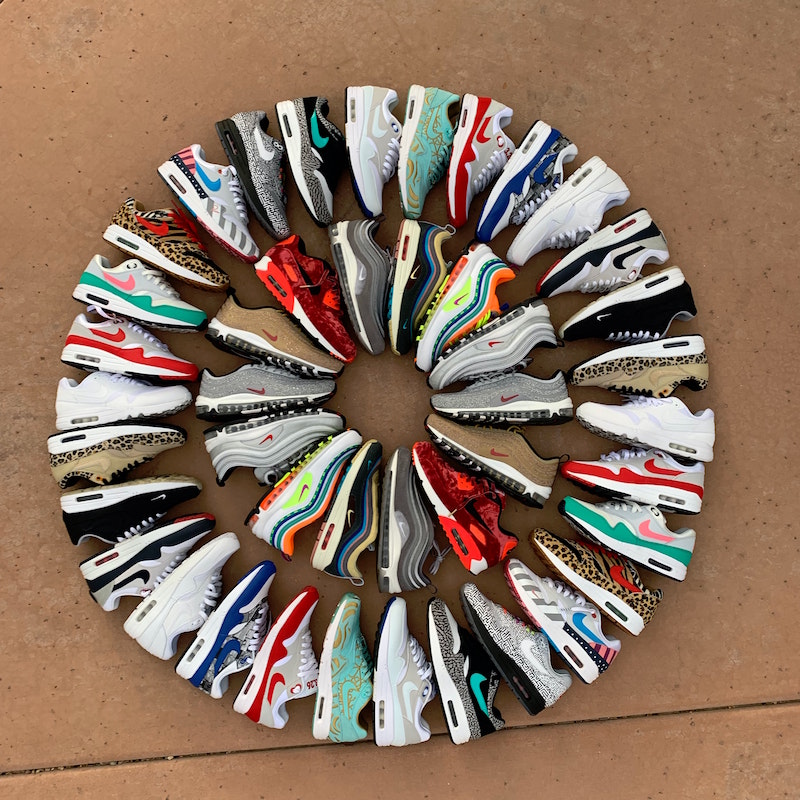As agencies we like to assure our clients of the relevance and efficacy of the creative work they’re investing in by leveraging our proximity to culture.
We achieve this in a number of ways, including through the talent we hire to the inspiration we utilise, to both create and sell the work. The presence of culture can be felt throughout the process … from big impressive presentations right down to the sneakers worn into the office.
It’s culture that keeps us at the forefront of building our clients’ brands.
As marketers we often look to culture to inspire our next move on the commercial chessboard, looking at how to engage culture in disruptive ways to find that next ‘checkmate’ of communication. Some of the best work we produce is by-and-large beautifully simple in communicating a brutally simple message.
So how can we collaborate with culture in a better way?
1. Why this territory (and not another)?
In defining what part of culture (music, fashion, sport, etc.) we want to engage with we create opportunities to build clear positioning and communities around these territories. Contrary to the popular proclamation in Chaka Khan’s seminal classic ‘I’m every women, it’s all in me’ brands can’t operate like this – and can’t be everything for everyone.
2. What is the goal?
Contrary to the thinking about doing cool things for the sake of being cool, clear goals for what the brand hopes to achieve in culture need to be established. As pressure mounts around justifying investment versus measuring return, brands need to have a long-term vision for what they aim to be doing, and how to measure the collective impact across metrics.
3. Tactical vs. platform
Being in culture requires both authenticity and relevancy, and thus both a short- and long-term approach: the short-term achieved through being very tactical across content and experiences, and the long-term achieved through having scalable platforms. Being tactical allows brands to engage audience. Creating brand platforms (events, content assets, etc.) allows them to create communities.
Culture in its broad definition will continue to inform what brands do, why they’re doing it, who they’re engaging, how they’re engaging them, and where to communicate. While there may not be a one-size-fits-all approach, the above can act as some ‘friendly reminders’ to draw on from time-to-time.

Jordan Major is a senior strategist and writer who believes in the power of collaborating with culture to connect brands to their customers. In his role at RAPT Creative he works alongside the creative studio to ensure all work is informed by insights and data to ensure that the work is executed holistically in unique territories and across the relevant channels. His Twitter handle is //twitter.com/JordanMajor.














